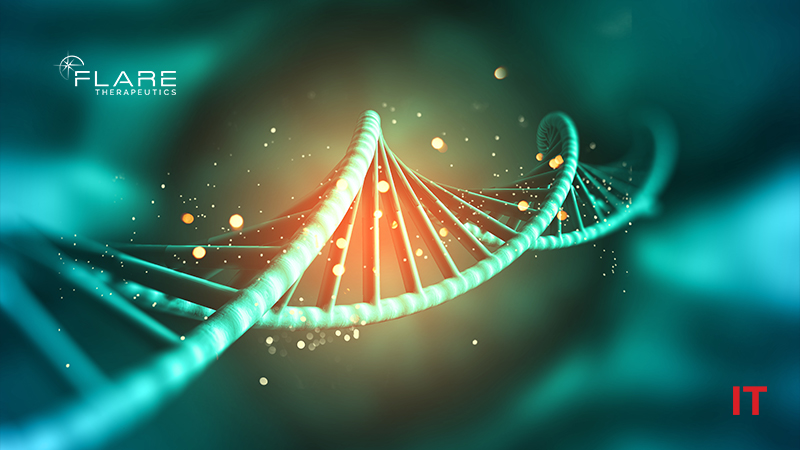Flare Therapeutics, a biotechnology company targeting transcription factors to discover precision medicines for cancer and other diseases, announced a new study describing a robust artificial intelligence (AI)-based model in partnership with PathAI that accurately predicts luminal muscle invasive urothelial cancer (MIUC), characterized by high peroxisome proliferator-activated receptor gamma (PPARG) expression using H&E-stained slides. This approach supports the clinical development of the Company’s first-in-class clinical candidate, FX-909, for the treatment of patients with advanced Urothelial Carcinoma (UC). These findings were shared at the 2023 AACR-NCI-EORTC International Conference on Molecular Targets and Cancer Therapeutics being held in Boston, Mass. from October 11-15, 2023.
“The digitization of pathology has ushered in a new era of AI and machine learning that can inform patient diagnosis and guide clinical decision-making. We are excited to be at the forefront of applying these innovative biomarker approaches to identify patients with advanced urothelial cancer that may potentially respond to PPARG inhibition,” said Michaela Bowden, Chief Development Officer at Flare Therapeutics. “High PPARG expression is a defining feature of luminal MIUC, accounting for approximately 65% of cases in the advanced and metastatic setting. The ability to further stratify patient subsets could offer a powerful tool to inform the path forward for therapy that could include Flare Therapeutics’ lead investigational compound, FX-909.”
Also Read: NIIMBL Launches Viral Vector Program to Help Improve Patient Access to AAV Gene Therapy
The poster presentation, titled “AI Analysis of Histological Images Accurately Identifies Luminal Subtype Urothelial Carcinomas Characterized by High PPARG Expression,” analyzed H&E-stained slides from 367 unique primary MIUC cases obtained from the TCGA BLCA dataset and 42 MIUC cases from an independent dataset. An end-to-end additive multiple-instance learning model was deployed, resulting in excellent performance typified by AUROC values ³95%, correctly classifying advanced urothelial cancer of luminal subtype, across the test, validation and independent data sets.
“We conducted machine-learning driven analyses of digital images from H&E-stained tissues to identify patients with luminal MIUC,” said Michael Montalto, Chief Scientific Officer at PathAI. “We are highly encouraged by the initial results relative to current molecular approaches and look forward to collaborating with the Flare Therapeutics team to evaluate the performance of this novel algorithm in support of the FX-909 program. The model could have tremendous utility in helping to improve MIUC patient outcomes. It was a pleasure to work closely with the Flare Therapeutics team and apply our model to a real-world application.”
FX-909 is a first-in-class novel, highly potent and selective small molecule that inhibits PPARG to treat patients with the luminal subtype of advanced UC. The Company recently initiated clinical trials for FX-909.
SOURCE: PRNewswire

































